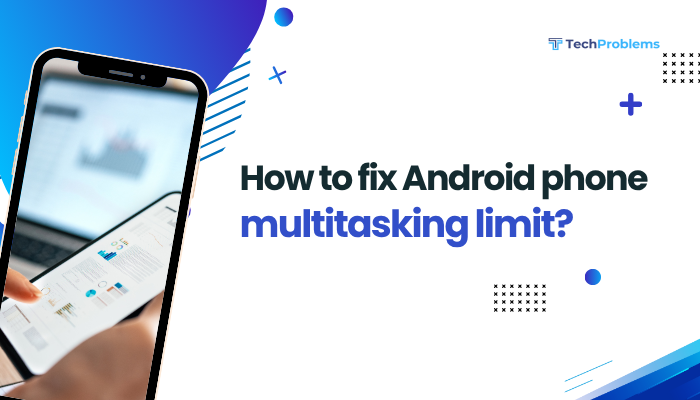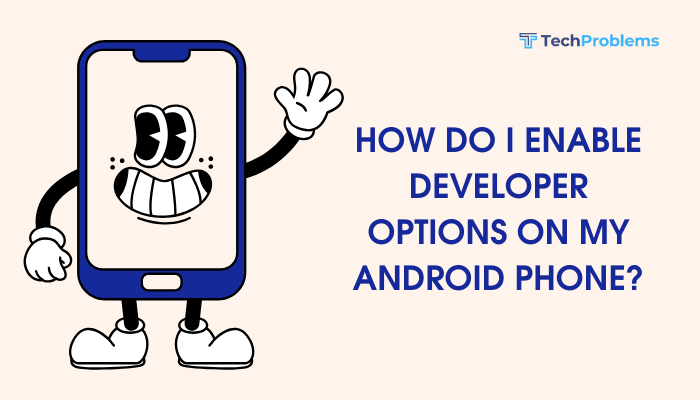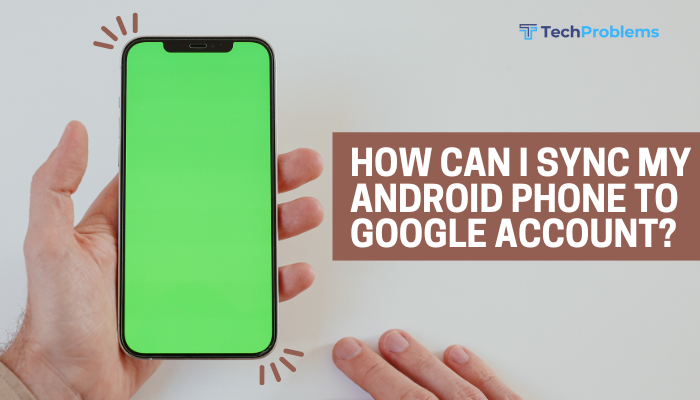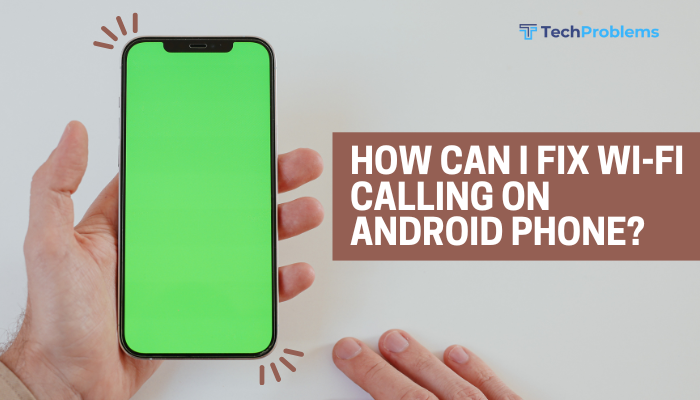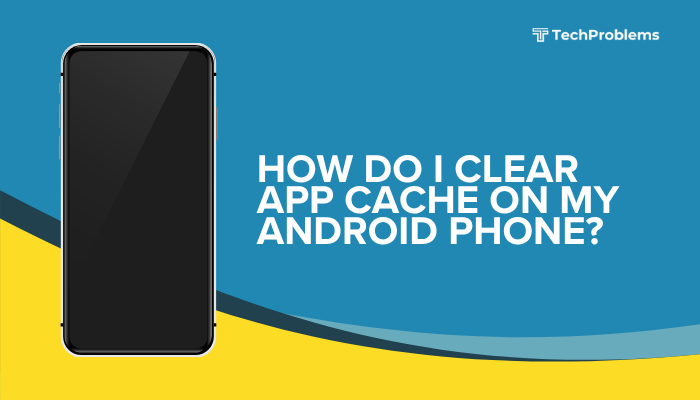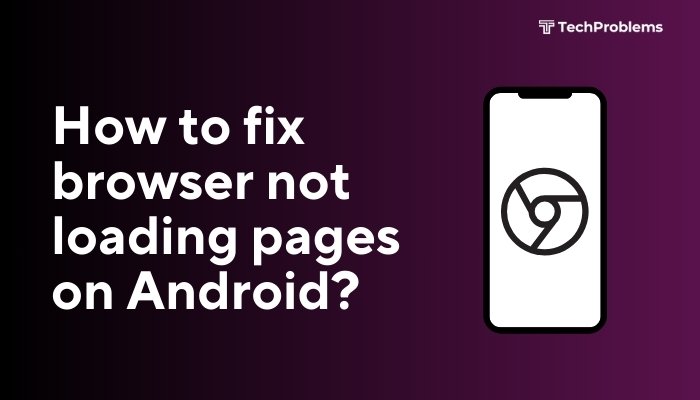Resetting your Android phone’s network settings clears all Wi-Fi networks, Bluetooth pairings, and cellular configurations, often resolving connectivity issues that resist standard fixes. In this comprehensive, 1,500-word guide, you’ll learn why and when to reset network settings, how to perform the reset on a variety of Android versions and OEM skins, and what to do if that alone doesn’t restore your connectivity.
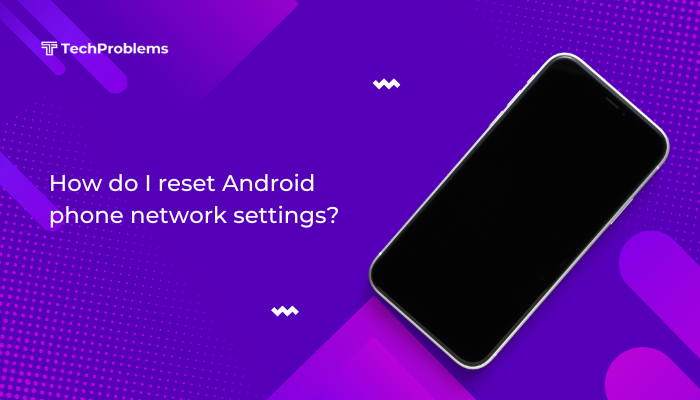
Why Reset Network Settings?
Before diving into the steps, it helps to understand what a network reset does—and why it often cures stubborn problems.
- Clears Saved Wi-Fi Networks: Removes all SSIDs and passwords, forcing a fresh connection.
- Removes Paired Bluetooth Devices: Clears cached pairings that may have become corrupt.
- Resets Mobile Data Configurations: Restores default Access Point Names (APNs) and network mode settings.
- Fixes Software Glitches: Corrupted network profiles or rogue third-party apps can block Wi-Fi or data.
- Safe, Non-Destructive: Doesn’t erase personal files, apps, or settings outside of network.
Use this reset when you experience any of these symptoms:
- Unable to connect to Wi-Fi or constant “Authentication error”
- Mobile data refuses to turn on or stays stuck in “Connecting”
- Bluetooth devices repeatedly fail to pair or drop connections
- VPN or proxy settings causing network failures
- After migrating from a custom ROM or major OS update
Reset Network Settings on Stock Android (Android 10+)
Steps
- Open Settings
Tap the Settings cog from your home screen or app drawer. - Go to System
Scroll and select System (bottom of the list). - Tap Reset Options
Under System, choose Reset options. - Select Reset Wi-Fi, Mobile & Bluetooth
You’ll see “Reset Wi-Fi, mobile & Bluetooth” (or “Network settings reset”). - Confirm the Reset
Tap Reset settings, enter your PIN or pattern, then confirm by tapping Reset settings again.
Your phone reboots its network stack and returns you to the Reset Options screen.
What to Expect
- All saved Wi-Fi networks and passwords are deleted.
- Paired Bluetooth devices are forgotten.
- Mobile APN and network mode revert to carrier defaults.
- No personal files, photos, or apps are removed.
After the reset, reconnect to your home and work Wi-Fi, re-pair your Bluetooth accessories, and test mobile data.
Reset Network Settings on Samsung One UI
Samsung’s One UI uses slightly different menus, but the core process is the same.
Steps
- Open Settings
- Tap General Management
Samsung nests network reset under General Management. - Select Reset
- Tap Reset Network Settings
- Confirm
Enter your PIN or password, then tap Reset settings.
After the Reset
Samsung may show an animated toast confirming the reset. You’ll need to re-enter Wi-Fi passwords and re-pair Bluetooth devices. Test your connectivity in Settings > Connections.
Reset Network Settings on Xiaomi MIUI
MIUI’s custom skin places network resets under Additional Settings.
Steps
- Open Settings
- Go to Connection & Sharing
- Tap Reset Wi-Fi, Mobile Networks, and Bluetooth
- Confirm by tapping Reset Settings.
Notes
MIUI warns you that you’ll lose all network data. After reset, re-login to Wi-Fi and re‐pair devices under Settings > Bluetooth.
Reset Network Settings on Huawei EMUI
EMUI’s path is similar but labels differ slightly.
Steps
- Settings > System & updates
- Reset > Reset network settings
- Confirm Reset and enter your PIN if prompted.
Recovery
Your Wi-Fi networks, mobile configurations, and Bluetooth pairings vanish, letting you start anew. Reconnect and test.
Reset Network Settings on OnePlus OxygenOS
OnePlus hides network resets under System settings.
Steps
- Settings > System
- Reset options
- Reset Wi-Fi, mobile, Bluetooth
- Tap Reset Settings and confirm.
OxygenOS Quirk
OxygenOS sometimes requires a quick reboot after the reset to fully restore network modules.
Reset Network Settings on Sony Xperia
Sony’s stock-based UI places resets under Backup & reset.
Steps
- Settings > System
- Backup & reset
- Network settings reset
- Confirm the reset and reboot if prompted.
Xperia Specifics
Sony sometimes warns about losing Wi-Fi hotspots and VPN settings. Ensure you know your Wi-Fi passwords before proceeding.
Troubleshooting After Network Reset
After resetting, you may still encounter issues. Try these post-reset checks:
- Reconnect to Wi-Fi: Re-enter the SSID and password under Settings > Wi-Fi.
- Re-pair Bluetooth Devices: Go to Settings > Bluetooth, scan, and re-pair.
- Verify APN Settings: Under Settings > Mobile network > Access Point Names, ensure your carrier’s APN is selected.
- Check Mobile Data Toggle: Ensure Mobile data is enabled.
- Turn Off VPN/Proxy: If you had a VPN or proxy, disable it under Settings > VPN until your network is stable.
Clear System Cache Partition
Why This Helps
Stale cache in the recovery’s cache partition can cause persistent network glitches.
Steps (Stock Recovery)
- Power Off your phone.
- Enter Recovery Mode:
- Most devices: hold Volume Up + Power.
- Samsung: hold Volume Up + Bixby + Power.
- Navigate with volume keys to “Wipe cache partition.”
- Select with the Power button and confirm.
- Reboot System Now.
Benefits
Cache partition wiping clears temporary system files without affecting apps or data and often restores flaky network modules.
Toggle Airplane Mode
Quick Radio Reset
If you need a faster check before a full reset:
- Swipe down to open Quick Settings.
- Tap Airplane Mode on, wait 10 seconds, tap it off.
- Test Wi-Fi and mobile data again.
When to Use
Use this for a fast fix if your phone drops signal or shows “Connected, no internet.”
Update Your Phone’s Software
Why Updates Matter
Manufacturers patch radio firmware and network-stack bugs via OTA updates.
Steps
- Settings > System (or About phone) > Software update.
- Check for updates and download any available.
- Install and reboot.
OEM Tools
Samsung users may also update via Settings > Software update > Download updates manually; Xiaomi via Settings > About phone > System update.
Test in Safe Mode
Rule Out App Conflicts
Sometimes third-party apps hijack or disable radios.
Steps
- Press and hold the Power key until the menu appears.
- Long-press Power off until Reboot to safe mode shows up; tap OK.
- In Safe Mode, only preinstalled apps run. Test Wi-Fi, mobile data, and Bluetooth.
- If network works in Safe Mode, uninstall recent apps or those with VPN, firewall, or ad-blocking features.
Common Culprits
VPN apps, firewall or ad-blocker apps, battery savers, or root-management tools.
Factory Reset as a Last Resort
Deep Software Corruption
When network stack is irreparably broken, a full reset wipes all settings.
Preparation
- Backup your contacts, photos, messages, and app data via Settings > System > Backup or Google Drive.
- Write down Wi-Fi passwords and VPN details.
Steps
- Settings > System > Reset options.
- Tap Erase all data (factory reset).
- Confirm and wait for completion.
- Reconfigure your phone and re-enter network credentials.
Warning: Factory reset deletes all personal data—use only after all other steps fail.
Preventive Tips to Avoid Network Issues
- Keep Software Updated: Install system and app updates promptly.
- Avoid Third-Party Modems: Don’t install random radio-modem apps or cracked firmware.
- Use Official ROMs: Custom ROMs can disrupt network drivers if not maintained.
- Monitor Battery Saver Settings: Avoid overly aggressive data/battery savers.
- Regular Cache Wipes: Wipe cache partition every few months after major updates.
These practices help ensure consistent Wi-Fi, Bluetooth, and mobile connectivity.
Frequently Asked Questions
Q1: Will resetting network settings delete my photos?
A1: No. Network settings reset only affects Wi-Fi, mobile, and Bluetooth configurations—it does not erase personal files or apps.
Q2: Do I need to reset network settings every time I switch carriers?
A2: It’s helpful the first time your phone fails to pick up the new carrier’s APN. You can also manually add a new APN under Settings > Mobile network > Access Point Names.
Q3: Can resetting network settings fix Wi-Fi calling issues?
A3: Yes. It restores default Wi-Fi calling configurations and can clear corrupt carrier profiles that block Wi-Fi calls.
Q4: Why does network reset sometimes not work?
A4: If your SIM card is damaged, APN settings are incorrect, or the network hardware is faulty, you’ll need to replace the SIM or seek professional repair.
Q5: Should I reset network settings if my VPN won’t connect?
A5: Only if you’ve ruled out VPN-specific issues. Resetting clears all VPN profiles under Settings > VPN, which you’d need to re-enter.
Conclusion
Resetting network settings on your Android phone is a powerful, non-destructive way to cure a host of connectivity problems—Wi-Fi authentication failures, mobile data issues, Bluetooth pairing errors, and VPN misconfigurations. By following these 12 steps—from simple toggles and safe-mode tests to cache wipes and system updates—you’ll systematically restore your phone’s radios. Only resort to a factory reset when all else fails, and maintain regular software updates and cautious app installs to keep your network stack healthy. With these strategies, you should regain fast, reliable connectivity and never let network woes slow you down again.

